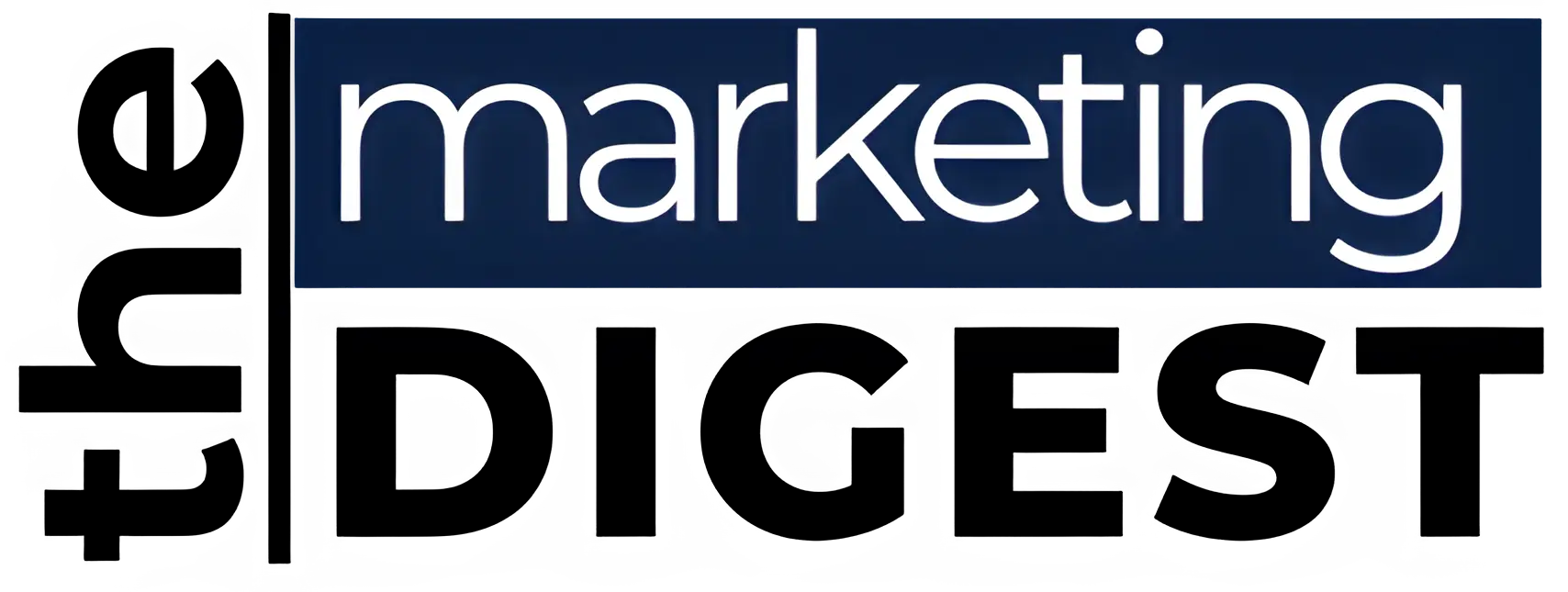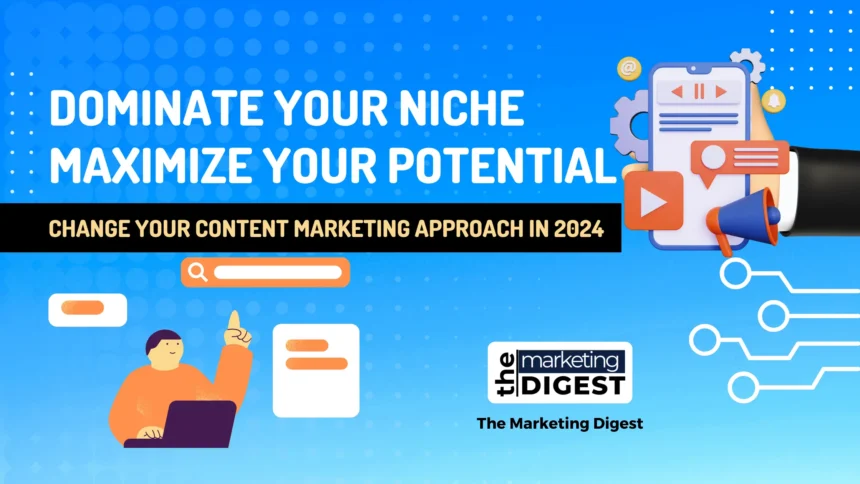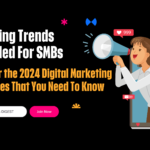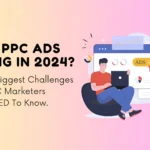Leverage Content Marketing Strategies For Explosive Growth in 2024. 10X Your ROI.
Businesses are always on the lookout for new and innovative ways to reach and engage their audience. One of the methods that has gained significant traction is content marketing. But the reality of content marketing goes beyond just creating and sharing content – it lies in the mindset and the strategic approach.
Anyone can create a buzz as part of a content marketing strategy – that’s easy enough. But the real impact of content comes from a strategic approach to delivering valuable and relevant content to a particular audience.
By focusing on a strategy that narrows down to solutions (rather than sale pitches) a business can pull in their prospects and customers on a remarkable level.
Let’s check out the advantages and effectiveness of content marketing. Learn how to engage your audience more and produce content of the highest calibre.
What Is Content Marketing?
The process of organising, producing, sharing, and releasing content through various platforms—including social media, blogs, websites, podcasts, apps, print publications, and more—is known as content marketing. Reaching your target market and raising sales, engagement, loyalty, and brand awareness are the objectives.
It involves continuously publishing relevant content that people want to read. As such, it helps in attracting, involving, and winning over new customers.
Using content marketing consistently helps you keep in touch with both present and new customers.
Furthermore, customers are more likely to purchase from you if they consider your company as a valuable source of advice and partner that genuinely cares about their success.
Types of Content Marketing
After covering the definition of content marketing, let’s discuss its various forms.
You can incorporate different types of content marketing into your plan, but these are some of the most well-liked ones:
1. Social Media Content Marketing
With 4.95 billion social media users worldwide, it’s no wonder why numerous companies prioritize investing in social media marketing.
Demand Sage
This statistic highlights that 61% of the global population actively engages with social media platforms.
There are numerous platforms available (like Facebook, Instagram, Pinterest, LinkedIn, and Snapchat), each offering various content creation and publishing options (such as photos, live videos, pre-recorded videos, and stories).
This represents the convergence of content and social media.

More businesses are using social media to connect with customers and sell to other businesses. This is making social content marketing strategies more popular.
You can utilize social media to:
However, the term goes beyond mere social sharing or optimizing content for social platforms.
It encompasses applying content marketing principles to social business, collaboration, and newsroom practices as well.
2. Infographic Content Marketing
Info-graphics simplify complex ideas using visuals, making data engaging. They’re a visually pleasing summary that attracts audiences, avoiding lengthy text or statistics.
In 2024, with users short attention spans, there’s a demand for quick fixes, which is why 81% of individuals go by online posts.
Infographics Are Read 30 Times More Often Than Written Articles.

Infographics use simple words, short statements, and clear images to communicate content effectively. They’re perfect for simplifying complex topics so everyone can understand.
3. Paid Ad Content Marketing
Paid ads, however, allow you to target specific demographics, interests, and behaviors, ensuring your content reaches the right people at the right time.
Imagine reaching individuals actively searching for solutions your content offers, not just those passively scrolling through feeds.
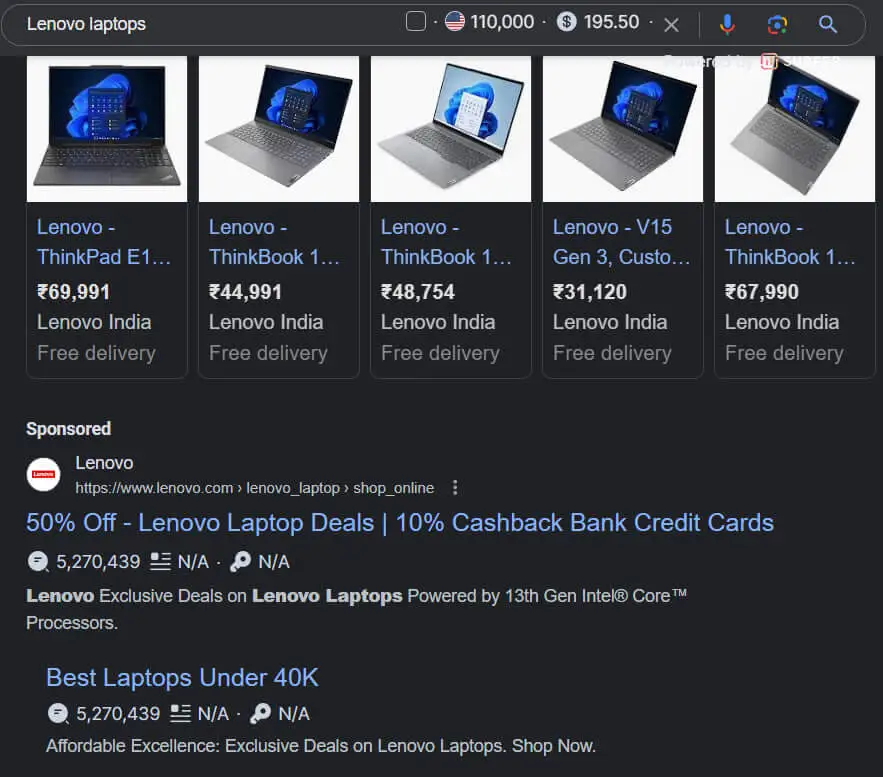
Let’s face it, even the most valuable content can get lost in the digital noise. Paid ads give your content a strategic push, increasing its visibility in search results, social media timelines, and targeted websites.
You can track clicks, conversions, and engagement metrics to understand what resonates with your audience and continuously refine your content strategy based on real-time data.
By optimizing effectively, Pay Per Click (PPC) advertising can generate an average return of $2 for every $1 spent, resulting in a 200% ROI.
(WordStream)
You gain avail the below mentioned advantages by incorporating Paid Ads in an effective content marketing strategy:
Using paid ads in your content marketing strategy improves your reach and impact, helping achieve your goals.
Remember, the key is to use paid ads strategically in conjunction with your existing content marketing efforts for maximum benefit.
4. Podcast Content Marketing
Podcasting is a rising trend in content marketing.
Podcast content marketing helps businesses connect with niche audiences using audio content. They can host their own podcast or appear as guests on relevant podcasts to reach more potential customers.
By 2024, experts anticipate a 5.2% increase in weekly podcast listeners in the US, reaching 109.1 million.
nytLicensing
Podcasts are a powerful way to connect with audiences on the move. With their intimate format and wide range of topics, they strengthen your content marketing potential in 2024.
5. Online Content Marketing
Online content marketing is like a lighthouse guiding ships to shore. It helps to form a unique identity and to reach audiences in a meaningful way.
Good content marketing doesn’t see readers as clicks but as individuals with needs. It doesn’t just send out generic ads, but creates content that connects with real people.
A human-focused approach drives genuine engagement. When you educate, entertain, and add value, your audience forms a strong connection to your brand, much like chatting with a friend over coffee, leaving lasting impressions of delight and wisdom.
6. Email Content Marketing
Email marketing remains one of the most effective content marketing channels with the highest ROI.
In 2024, leveraging email effectively can become the sunrise package that shines your content marketing strategy and drives engagement.
Email isn’t just for personal connections anymore.
61% of consumers actually prefer brands to reach out through email, which is great for your business.
Even better news…
Almost 99% of all email users check their email daily, with some checking up to 20 times a day.
Take a look at the GetResponse email marketing benchmarks that includes averages of email open rates.
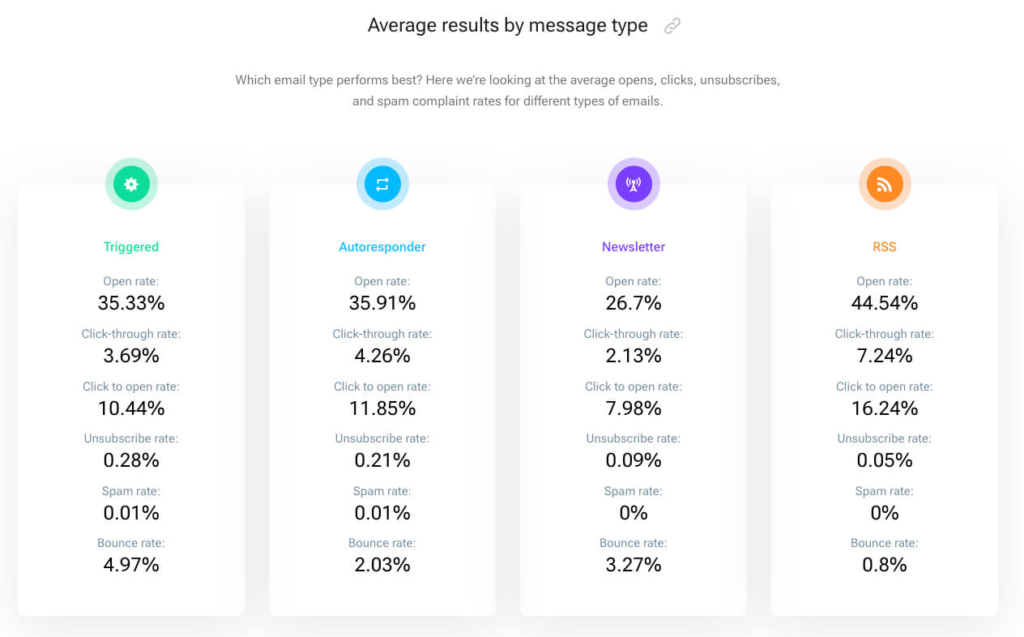
7. Video Content Marketing
Brands use video content marketing to enhance their online presence, shared mainly on YouTube or social media platforms, but also through webinars, courses, live videos, or self-hosted platforms.
Video marketing is the essence of digital marketing, and nearly 90% of businesses are availing the benefits of it.
In 2024, 39% of video marketers have crafted video testimonials, marking it as the top choice for video marketing.
wyzowl
Take A look at a 9 year old video from Slack, how they leveraged video testimonials and grabbed attention over 1.3M views:
8. Blog Content Marketing
Blog posts are a versatile form of inbound content, allowing flexibility in purpose and subject matter. They can link to internal and external resources, include social share buttons, and offer product information.
Blogging is crucial for content marketing strategies as it provides a platform for regular updates, attracting visitors and building an audience for your brand in 2024.
According to 79% of marketers, blog posts are an effective way to distribute content, reach customers, and increase brand awareness.
nytLicensing
Blog posts are the foundation of any effective content marketing strategy, and for good reason. They offer a versatile platform to share valuable information, establish yourself as an industry leader, and connect with your audience on a deeper level.
Check Out The Marketing Digest For All Marketing Related Blog Posts And Latest Insights.
9. e-Book Content Marketing
In the quest to empower your content marketing potential in 2024, e-books can be your mystery gems. These digital gems offer a wealth of benefits, allowing you to deep dive into a topic, showcase your expertise, and establish authority.
They serve to educate and should align with your brand voice.
48% of B2B marketers incorporate eBooks into their content marketing strategies.
SEOMATOR
e-Books can develop your content marketing strategy in various forms:
Why Is Content Marketing Important?
Content marketing is essential because it builds trust, builds relationships, increase conversions, and generates leads by addressing audience queries.
In today’s world, customers expect best, consistent content from their favorite brands. It has evolved from a novel idea to an important tool for nearly every industry.
The answer to “Is content marketing vital for my business?” is a resounding YES!
Its value lies in driving high-quality traffic to your website. Content is key for raising awareness and generating leads, and essential for sales growth.
Well-planned content captivates the target audience, driving them to your website and ultimately converting them into leads and sales.
Consistent, high-quality, and engaging content has the greatest impact on audience decision-making compared to any other strategy.
Let’s get into the distinct benefits of content marketing. It:
Unlike traditional advertising campaigns, quality content has a lasting impact. It lives on your website, social media channels, and gets shared organically. This evergreen content continues to attract new visitors, nurture leads, and drive conversions long after it’s published.
Content marketing is an investment in building relationships, not just generating leads.
It’s about empowering your audience with knowledge, sparking conversations, and establishing your brand as a trusted authority in the ever-evolving digital landscape.
How Content Marketing Works?
Content marketing is the powerhouse behind your brand’s success – it’s about crafting, spreading, and measuring the impact of your content on both your audience and business goals.
But let’s not forget the golden rule…
Map Your Customer’s Journey.
Content mapping is your magic bullet for engagement.
It’s your guide through every twist and turn of the customer journey from grabbing attention, to sparking interest, to fostering loyalty.
They become your brand’s promoters, spreading the word far and wide – from coffee chats with friends to viral social media posts.
But here’s the kicker.
One size doesn’t fit all in content marketing.
Each stage of the buyer journey demands its unique approach. Let’s get in and see how to develop your content strategy for each phase.
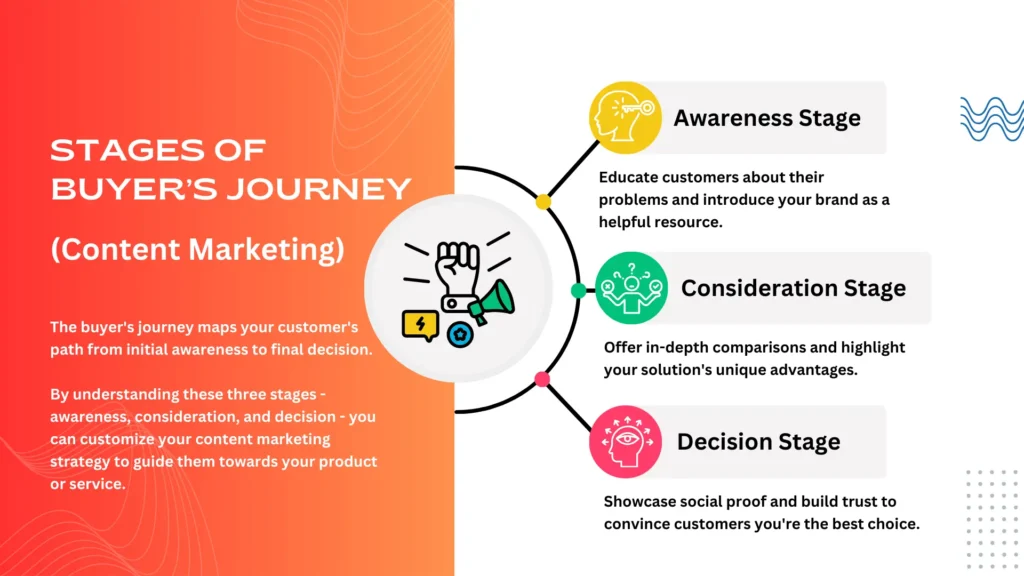
1. Awareness
Content marketing at this phase aims to raise awareness about your brand, products, or services. This is the stage where you grab the attention of potential customers and introduce them to their challenges along with your solutions.
To effectively reach a wide audience, it’s crucial to create content that offers valuable information and has broad appeal. Additionally, optimizing your content for SEO and social media platforms is essential for higher rankings, shares, and clicks.
Some of the most effective types of content for this phase include blog posts, infographics, videos, podcasts, ebooks, and webinars.
2. Consideration
The second phase involves cultivating leads, offering relevant information, and convincing them to view your proposal as the optimal solution for their requirements and desires.
During this phase, it’s important to craft engaging content that highlights your unique selling points.
Segmenting your audience according to their interests, needs, and objectives is essential. Delivering personalized content modified to their position in the buyer’s journey is key.
Effective content formats for this stage include white papers, reports, and success stories.
3. Decision
The last step involves turning potential leads into actual customers by using compelling content that motivates them to act.
You should craft content that creates a feeling of urgency, tackles any remaining doubts, and simplifies the process of moving forward.
Effective content types for this stage include landing pages, customer reviews, pricing pages, and product pages.
Content Marketing Best Practices
(How to effectively implement content marketing strategies?)
Your content marketing efforts will convert leads and reach your target audience more effectively if you have a plan in place.
Although it doesn’t have to be complicated. A well-run content marketing strategy has to be sustainable and easy to handle.
Developing informative and captivating content is essential for bringing in and keeping clients. The establishment of an effective strategy that connects with your target audience and accelerates business growth is made easier with the help of content marketing best practices.
Understanding and putting these fundamental ideas into practice can help you create content that informs, educates, and eventually turns prospective consumers into devoted brand ambassadors.
1. Define Your Target Audience
Who are you talking to?
Before crafting any content, identify your target audience. Imagine your ideal customer, their interests, challenges, and preferred ways of consuming information.
This helps you create your content according to their needs and preferences.
Next, provide answers to the following queries about your intended audience to assist you in selecting the appropriate content categories for them:
- What is it they want from you?
- How may you support their success?
- How much time do they spend there?
- Why do they buy your product or service?
- What obstacles do they hope to overcome?
Understanding which segment of your target audience utilizes specific social media platforms informs strategic decisions regarding research, advertising, and marketing. Facebook stands as the foremost utilized platform.
Take a look at the image:

You can define your target audience by understanding:
2. Create Content For Your Audience
Speak their language, not yours.
It’s time to develop content, especially for your audience now that you have a clear understanding of who they are.
Finding out what your audience’s pain points are, is the greatest approach to accomplish it. and produce information that aids in their problem-solving.
On Quora, Reddit, forums, and Facebook groups where your target audience socializes, you can discover the pressing issues that your audience faces.
For instance, Quora is a goldmine of ideas for content topics if you’re seeking ideas for “Social Media”-related content.

Your Target Audience Defines The Topic You’ll Cover.
Once you know your audience, speak directly to them. Use language they understand, avoid jargon, and address their specific pain points.
Remember, it’s about connecting, not confusing.
3. Develop A Content Marketing Plan
Plan your content journey.
Merely creating engaging content is insufficient where attention spans are dying and competition is rising.
You need a strategic roadmap – a content marketing plan, to succeed online.
63% of marketers agree that a documented content marketing strategy is important for success.
4. Set SMART Goals For Your Audience
Set goals that matter.
Don’t just aim for “more content.” Set SMART goals (Specific, Measurable, Achievable, Relevant, and Time-bound) for your content marketing efforts.
This could be increasing website traffic, growing your email list, or generating a certain number of leads.
Before diving into goal setting, it’s crucial to have a plan in place, and that’s where the SMART goal framework shines. Check out Hubspot Marketing’s insights on setting SMART goals.
5. Decide Types of Content & Formats
Variety is the spice of content life.
Don’t stick to just blog posts! Experiment with different content formats like infographics, videos, podcasts, or interactive quizzes. This leads to different learning styles and keeps things engaging for your audience.
Understand which types of content will resonate best with your audience.
Diversify your content formats to cater to different learning styles and preferences.
So, where to start from?
Start by spying on your competitors’ content strategies. Analyze what’s working for them and improve upon it.
Use Tools Like:
- SEMRUSH
- Ahrefs
- Meta Ad Library
to spy on competitors or competitors’ analysis.
6. Share Content On Different Channels
Spread your message across multiple platforms.
Share your content on platforms where your target audience spends their time. This could be social media, email marketing, industry publications, or even online communities.
Understand…
Where will your content be shared and hosted?
Some content types naturally align with specific channels.
7. Schedule Your Content For Publishing
Schedule your content for success.
Plan your content publishing and use scheduling tools to ensure consistent and timely delivery across all channels.
Your content marketing approach will be less stressful and more fruitful with the use of a publishing schedule. Sadly, too few people ever take the time to plan how they will produce content, market it, and assess its success.

It is impossible to overstate the value of a publishing schedule. You must quickly establish yours.
8. Set A Budget For Content Promotion
Invest in getting your content seen.
Consider the content type and marketing channels you’re utilizing.
Allocate a budget for content promotion. This could involve paid advertising, collaborating with influencers, or participating in relevant online communities.
Assess how these factors affect your budget, whether it entails an increase or decrease from your initial estimates.
9. Scale Content Promotion
Grow your voice, not just your budget.
While paid promotion can be helpful, don’t underestimate the power of organic reach.
Focus on creating high-quality, valuable content that naturally attracts and engages your audience.
Focus On High-Quality and Actionable Content
Capturing attention and driving results requires a strategic approach. Here’s what sets truly powerful content apart:
They form the base of your entire content strategy.
By following these guidelines, you can create content that goes beyond “valuable” and becomes remarkable. Content that connects deeply with your audience, establishes authority and ultimately achieves your marketing goals.
Remember, it’s about more than just informing, it’s about inspiring, captivating, and leaving a lasting impression on your target audience.
10. Focus On KPIs
Track your progress, measure results, and adapt.
Monitor key metrics like website traffic, email subscribers, and new customers to see what’s working and what’s not.
Use this data to refine your content strategy and continually improve your content marketing efforts.
You should assess how your content is performing and if it’s helping you reach your goals.
Utilize analytics, feedback, and reporting tools. Compare outcomes with your objectives and make data-based decisions for enhancement.
FAQs On Content Marketing
What Do You Mean By Content Marketing?
Content marketing strategically crafts and delivers valuable, relevant, and consistent content to attract and retain a defined audience, ultimately stimulating profitable customer engagement. It’s about developing a rapport with your audience by offering them engaging and helpful content and resources.
Why Is Content Marketing Used?
Content marketing is used to achieve various business goals, including:
What Is The Purpose of Content?
The purpose of content in content marketing varies depending on your specific goals and audience. However, some general purposes include:
What Are Examples of Content Marketing?
Many different types of content can be used in content marketing, including:
What Are Different Types of Content Marketing?
There are numerous ways to classify content marketing, including:
Conclusion
Now, Secure Your Tomorrow with Content Marketing.
Getting fast results isn’t the main goal of content marketing. It’s also an investment in the future of your company.
Long-term client acquisition and retention are achievable through the production of valuable, relevant, and high-quality content.
The best thing about content marketing is that you can get started without a big staff or a big budget.
All you need is a clear plan, specific goals, and the desire to grow and learn.
Get started with content marketing now, and you’ll be glad you did.
